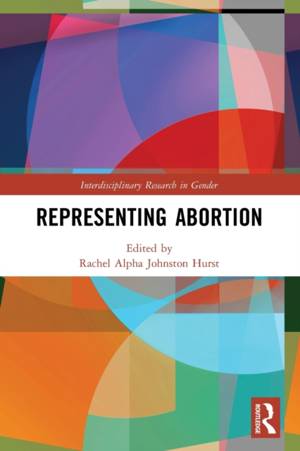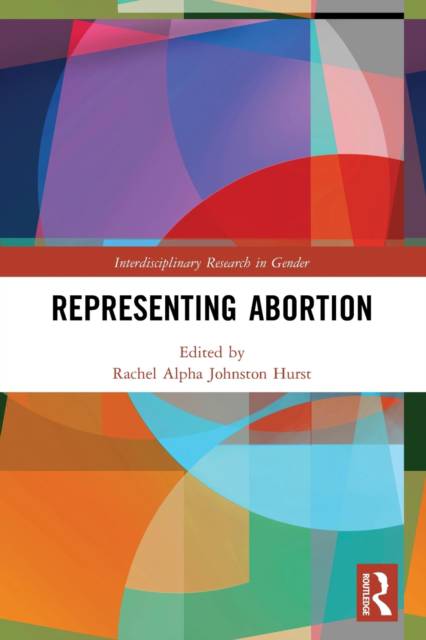
- Retrait gratuit dans votre magasin Club
- 7.000.000 titres dans notre catalogue
- Payer en toute sécurité
- Toujours un magasin près de chez vous
- Retrait gratuit dans votre magasin Club
- 7.000.0000 titres dans notre catalogue
- Payer en toute sécurité
- Toujours un magasin près de chez vous
Representing Abortion
Description
Representing Abortion analyses how artists, writers, performers, and activists make abortion visible, audible, and palpable within contexts dominated by anti-abortion imagery centred on the fetus and the erasure of the pregnant person, challenging the polarisation of conversations about abortion.
This book illuminates the manifold ways that abortion is depicted and narrated by artists, performers, clinicians, writers, and activists. This representational work offers nuanced and complex understandings of abortion, personally and politically. Analyses of such representations are urgently needed as access to abortion is diminished and anti-abortion representations of the fetus continue to dominate the cultural horizon for thinking about abortion. Expanding the frame of reference for understanding abortion beyond the anti-abortion use of the fetal image, contributors to this collection push beyond narrow abstractions to examine representations of the experience and procedure of abortion within grounded histories, politics, and social contexts.
The collection is organized into sections around seeing (and not seeing) abortion; fetal materiality; abortion storytelling and memoir; and representations for new arguments. These themes cover a range of topics including abortion visibility, anti-abortion discourse, pro-choice engagements with the fetus, personal experience and media representations. The analyses of such representations counteract anti-abortion rhetoric, carving out space for new arguments for abortion that are more representative and inclusive and asking audiences to envision new ways to advocate for safe abortion access through reproductive justice frameworks.
This is an innovative and challenging collection that will be of key interest for scholars studying reproductive rights and reproductive justice, as well as women and gender studies. Representing Abortion is organized to structure upper year undergraduate and graduate courses on reproductive rights and reproductive justice in a new and engaging way.
Spécifications
Parties prenantes
- Editeur:
Contenu
- Nombre de pages :
- 270
- Langue:
- Anglais
- Collection :
Caractéristiques
- EAN:
- 9780367540029
- Date de parution :
- 30-05-22
- Format:
- Livre broché
- Format numérique:
- Trade paperback (VS)
- Dimensions :
- 156 mm x 234 mm
- Poids :
- 385 g

Les avis
Nous publions uniquement les avis qui respectent les conditions requises. Consultez nos conditions pour les avis.





